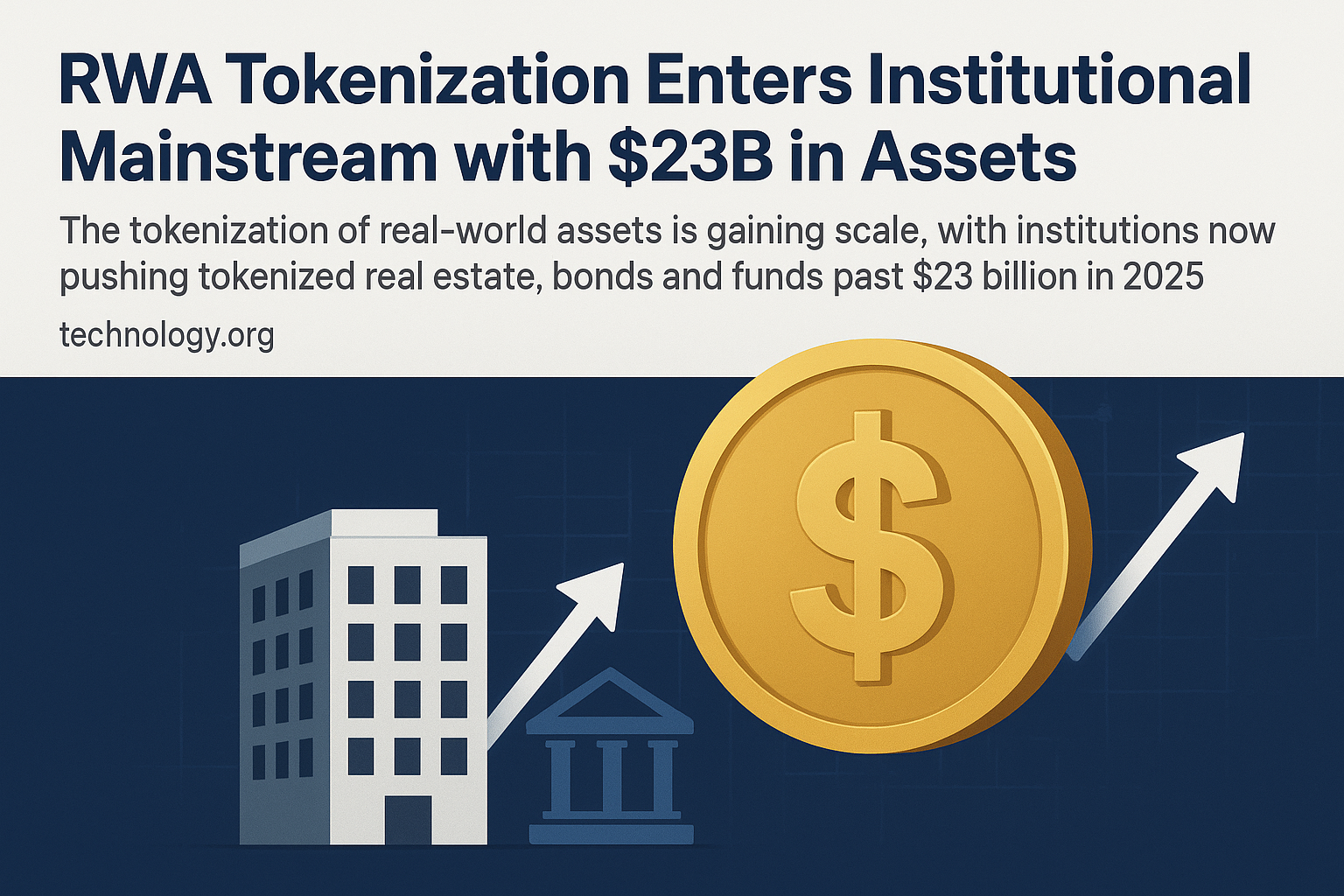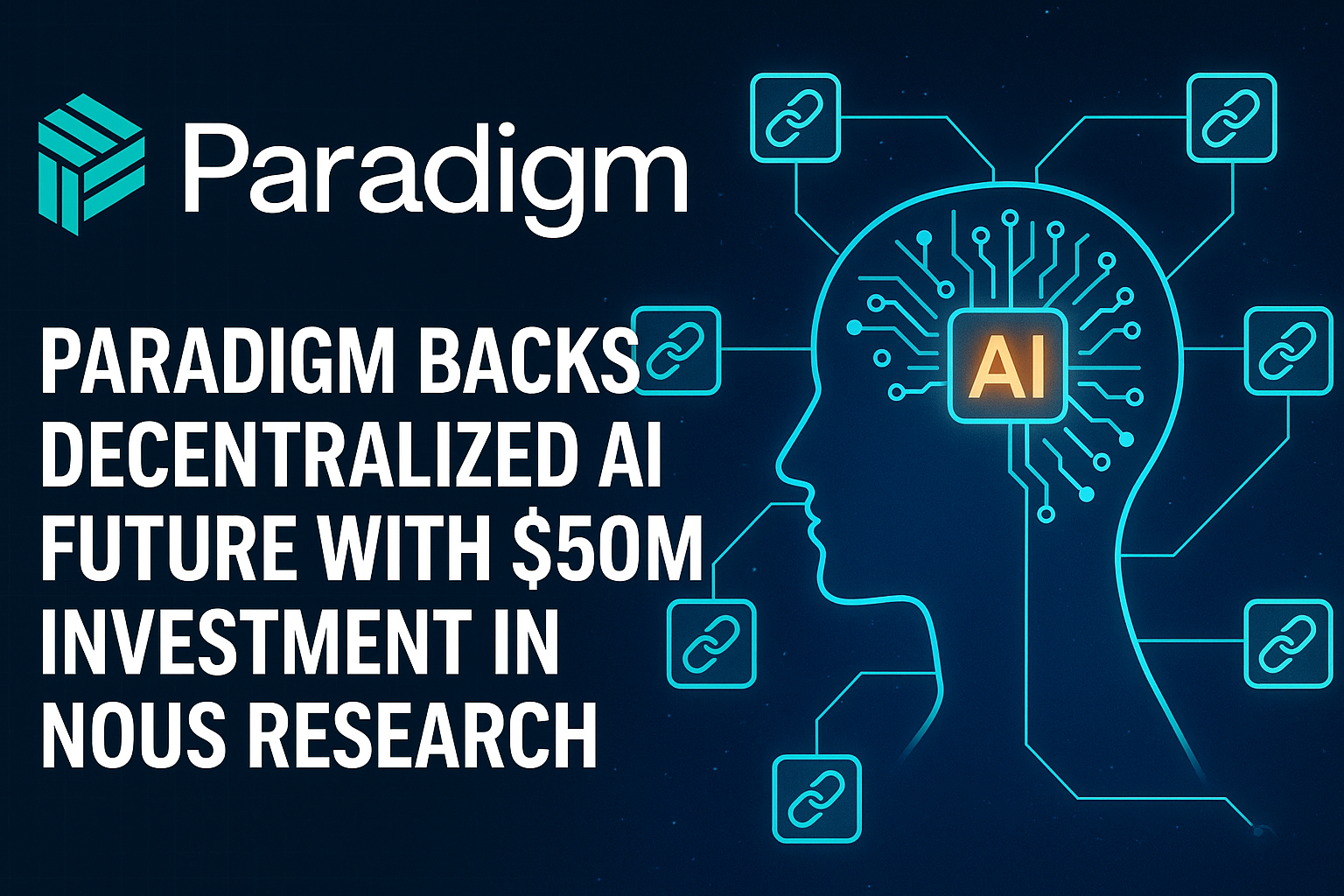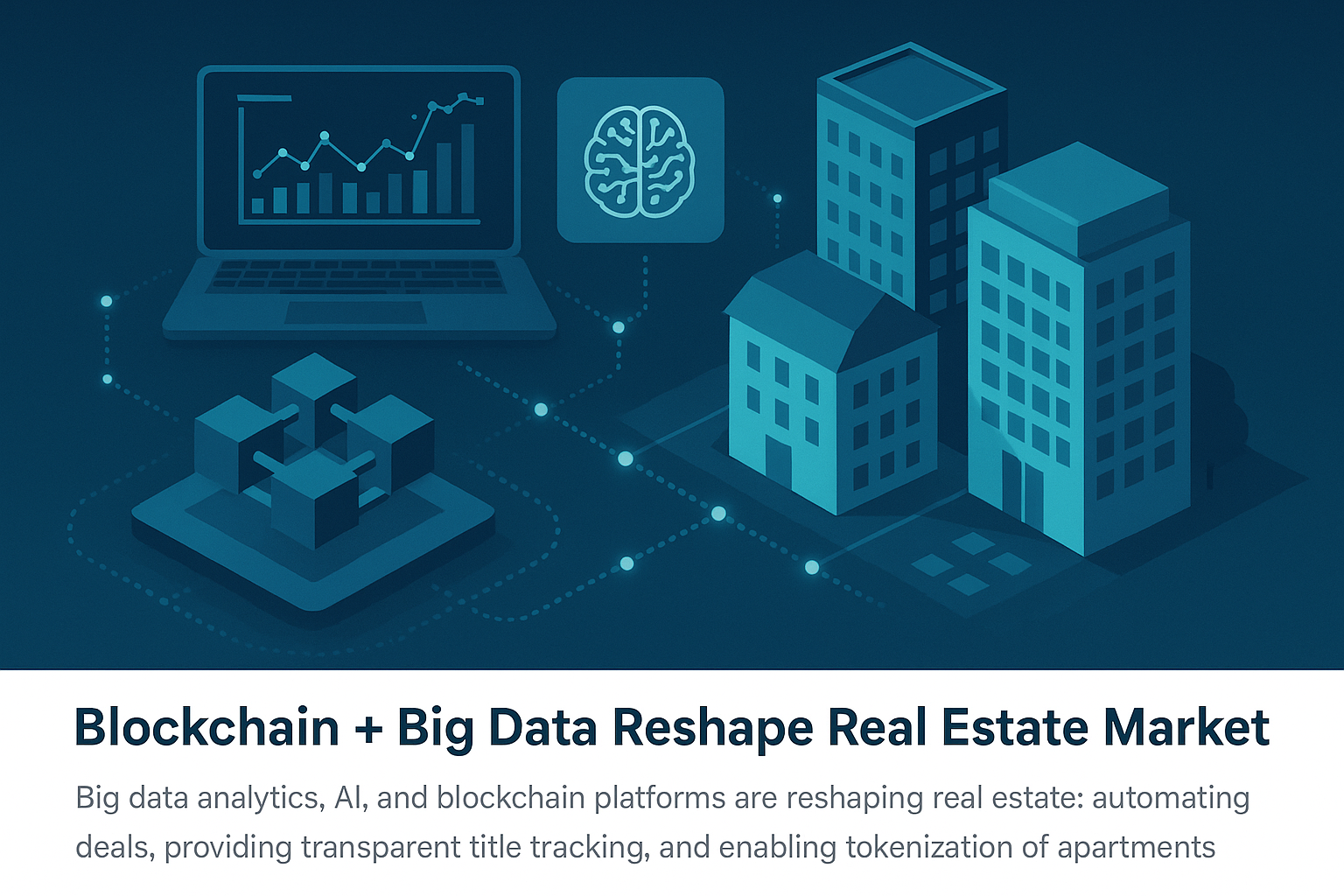The tokenization of real-world assets (RWAs) — once a niche concept discussed mostly within crypto circles — has officially entered the institutional mainstream. In 2025, the total value of tokenized real estate, bonds, and investment funds has surged past $23 billion, marking a major inflection point in the fusion of traditional finance and blockchain technology.
From Hype to Real Adoption
For years, the idea of representing physical assets — like property, commodities, or debt instruments — as blockchain-based tokens was viewed as an intriguing but largely experimental idea. Today, it’s no longer theoretical. Major banks, asset managers, and regulatory-compliant tokenization platforms are launching fully licensed RWA products that appeal to both institutional investors and private clients seeking transparency, efficiency, and liquidity.
The movement is powered by a combination of technological maturity, clearer regulatory frameworks, and growing demand for digital-native financial instruments. Unlike early crypto hype cycles, this wave of tokenization isn’t driven by retail speculation — it’s being led by institutions aiming to modernize asset management and capital markets infrastructure.
What’s Driving the $23B Boom
The $23 billion figure, reported by technology.org, represents more than just market growth — it’s a sign of mainstream validation. Tokenized government bonds, for instance, have become one of the fastest-growing categories. Financial giants like JPMorgan and Franklin Templeton are leveraging private blockchains and permissioned ledgers to issue digital versions of traditional securities.
Meanwhile, real estate tokenization platforms have started fractionalizing high-value properties, allowing investors to buy and sell micro-shares of assets that were once out of reach. Funds and money market instruments are also joining the trend, with digital fund shares now being issued directly on-chain, streamlining administration and improving liquidity.
Why Institutions Are Moving Fast
Institutions are attracted by the efficiency, programmability, and global reach that tokenization brings. Settlement times can drop from days to seconds. Ownership records are immutable and transparent. Smart contracts automate compliance, distribution, and even dividend payouts — reducing operational overhead while improving investor confidence.
Additionally, blockchain-based tokenization aligns with global efforts toward 24/7 markets and instant settlement systems — trends championed by regulators and financial bodies in both the U.S. and Europe.
Challenges Remain
Despite the rapid momentum, several challenges persist. The industry still needs common standards for interoperability, consistent regulatory treatment across jurisdictions, and secure custody solutions that satisfy institutional requirements. Moreover, liquidity remains fragmented across platforms, meaning that secondary markets for tokenized RWAs are still maturing.
Yet, these hurdles are being actively addressed. Industry consortia, such as the Tokenized Assets Coalition and Project Guardian (led by the Monetary Authority of Singapore), are working to harmonize best practices and establish frameworks for cross-border adoption.
The Future of Finance Is Hybrid
Looking ahead, RWA tokenization is poised to redefine the structure of global markets. Rather than replacing traditional systems, it’s creating a hybrid model — where blockchain infrastructure complements, rather than disrupts, existing financial rails.
In this hybrid future, an investor might hold tokenized U.S. Treasuries, real estate shares, and equities all within a single digital wallet — tradable globally, 24/7, and fully auditable on-chain.
The $23 billion milestone is just the beginning. Analysts predict that the tokenized asset market could reach $10 trillion by 2030, as institutions, governments, and fintechs converge on a shared vision of digitized, transparent, and inclusive finance.
Real-world asset tokenization is no longer a speculative dream. It’s now a cornerstone of institutional innovation — and it’s rewriting the playbook for how value moves across the world.




